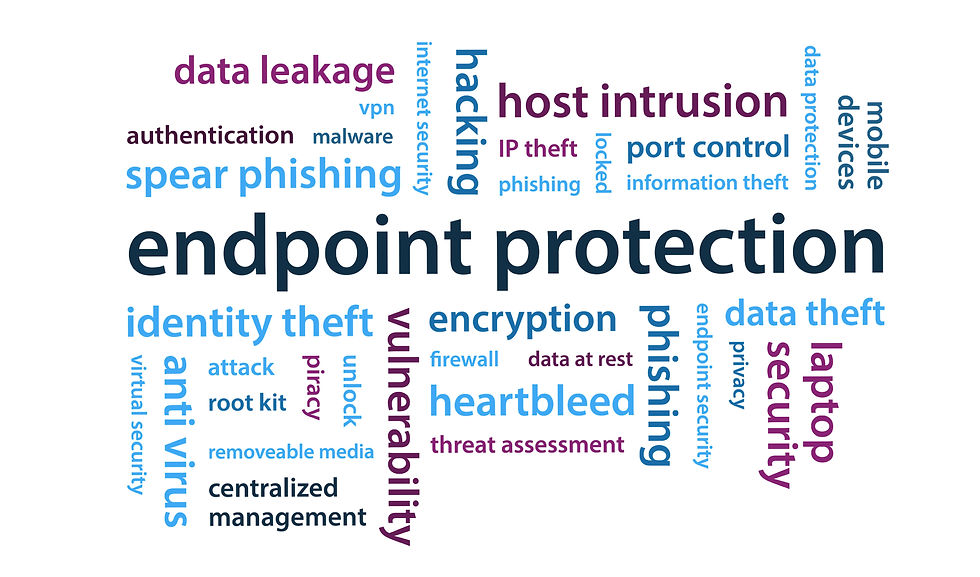Technology is Just the Beginning... Real Security is Won in Operations.
- Paul Kwon

- Jul 31
- 2 min read
Updated: Dec 18
Preemptive.
Proactive.
Containment.

At this very moment, global security strategy is converging on these three words. More important than the type or performance of technology is how early a threat can be detected (Preemptive), how actively it can be responded to (Proactive), and how effectively the spread of damage can be blocked (Containment). The core, ultimately, is 'operations'.
This trend was clearly confirmed at the RSA Conference 2025 held in San Francisco this April and the Gartner Security & Risk Management Summit 2025 held in Washington D.C. in June. Both events covered technology trends like AI-based detection, automation, and integrated platforms. However, in numerous sessions discussing actual security effectiveness, the message that "technology adoption alone cannot stop threats" was repeated. A keynote at RSAC 2025 presented Context, Connection, and Collaboration as key elements of security response, while Gartner emphasized the importance of continuous threat exposure assessment and an operations-centric response strategy through its CTEM (Cyber Threat Exposure Management) model.
The domestic security environment is not much different. Advanced solutions like Endpoint Detection and Response (EDR), Network Detection and Response (NDR), and Extended Detection and Response (XDR) have been introduced, but the response flow after detection is still frequently broken. Logs accumulate but are not interpreted, and while the technology exists, the structure to connect it to action is lacking. The problem lies not in the performance of the technology, but in the absence of a system to actually operate and integrate it.
This reality has been a common point of discussion at recent conferences for security practitioners both in Korea and abroad. There is a growing consensus that a mere combination of fragmented technologies cannot guarantee continuous and reliable security, and that a practical response is impossible without an execution framework that organically links detection technology, personnel, policies, and the decision-making process.
This is precisely where the strategic value of Managed Detection and Response (MDR) becomes clear.
Today, MDR is evolving into an execution-focused security model that integrates security assets, detection technologies, personnel, and response policies, implementing them on a consistent, automation-based operational framework. A typical structure involves tactically integrating various security stacks- such as Endpoint Protection Platforms (EPP), EDR, NDR, Open XDR, dark web intelligence, Attack Surface Management (ASM), and Penetration Testing (Pen Test) - and having expert analysts operate them 24/7 according to response strategies designed for each organization's unique threat scenarios. This method is not just a simple linkage of technologies but the implementation of tangible operational capabilities that enhance security execution.
Ultimately, the real competitive edge in security depends not on how many technologies you possess, but on how organically, consistently, and contextually you can operate them.
How you execute is more important than what you adopt, and operations are more important than technology, just as response is more important than detection.
The essence of security has not changed, but its center of gravity has clearly shifted. Technology is just the starting line. The real race is won on the track of operations.
Paul Kwon, CEO of PAGO Networks



